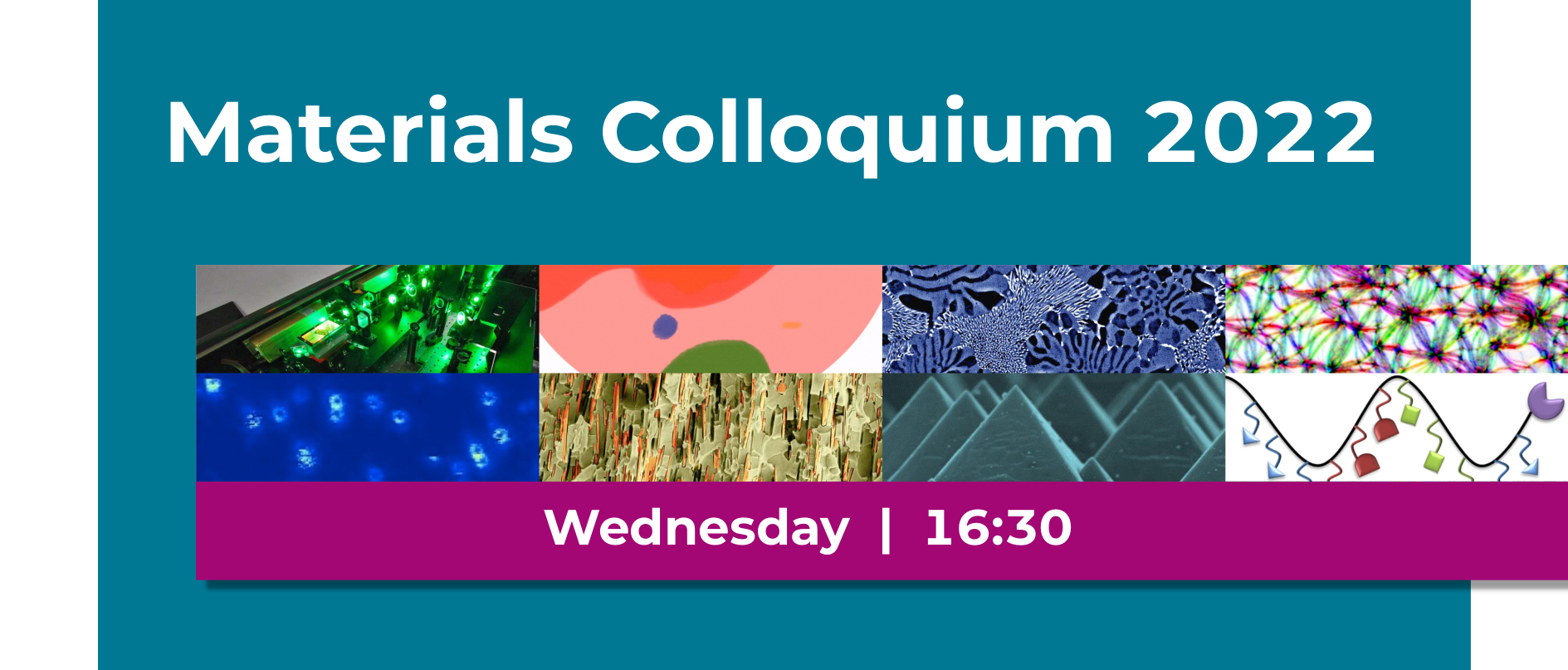In-person in HCI G3:
Soft magnetic carpets for transport of solids, liquids and droplets
Ahmet F. Demirörs (Complex Materials — D-MATL)
One of the major interests of modern robotics is micromanipulation by active and adaptive materials. An example to such micromanipulation is observed in respiratory system, where pathogen clearance actuation enabled by means of motile cilia. While various types of artificial cilia have been engineered recently, they often involve complex manufacturing protocols and focus on transporting liquids only. Here, we create soft magnetic carpets via an easy self-assembly route based on the Rosensweig instability. These carpets can transport liquids but also solid objects that are larger and heavier than the artificial cilia, using a crowd-surfing effect. This amphibious transportation is locally and reconfigurably tuneable by simple micromagnets or advanced programmable magnetic fields with a high degree of spatial resolution.
While our active carpets are generally applicable to integrated control systems for transport, mixing, and sorting, these effects could also be exploited for microfluidic viscosimetry and elastometry. Finally, I also show briefly how we extended this system to a droplet manipulation platform by simply infusing the soft carpets with a liquid repellent oil.
How electrons get heavy and die
Hans Kroha (University of Bonn)
Usually we think of a metal as a liquid of electrons, particles familiar as individual entities from elementary particle physics. However, in certain materials, magnetic interactions can lead to an increase of the effective mass of the charge carriers by factors of 100s or 1000. Even more striking, near a magnetic phase transition in such, so-called heavy-fermion compounds, the very concept of a particle can break down and give way to an exotic quantum fluid without quantized charge carriers with corresponding, unusual properties. In this talk we give a brief review of this physics and the resulting properties. We then show how this breakdown dynamics is monitored and analyzed by time-resolved terahertz (THz) spectroscopy developed and performed at the Materials Department of the ETH.
